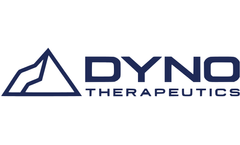Refine by
Lentiviral Vector Articles & Analysis
8 articles found
For biologics such as monoclonal antibodies, recombinant proteins, and viral vectors, downstream processing can account for the majority of production costs, making process optimization both a scientific challenge and a commercial necessity. ...
This property is particularly beneficial for targeting tissues that are not actively dividing, such as neurons and certain types of stem cells. Moreover, lentiviral vectors can accommodate large genetic payloads, enabling the delivery of the Cas9 protein, guide RNA, and additional elements necessary for advanced gene-editing strategies. ...
One such system employs reporter lentiviral particles, using the power of viral vectors to inject and express these markers in target cells. ...
Another method is to employed a lentiviral vector library encoding several selected genes, this works well with different cell types and allows the preserving of typical cell properties. ...
In many cases, gene therapy requires a vector to deliver the gene therapy drug to the target cell. Viral vectors have been one of the most widely studied vectors due to their outstanding transduction efficiency and other significant advantages. ...
Viral vector characterization covers a wide range of viral vectors, such as lentiviral (LV) vectors, adenoviral vectors, and adeno-associated viral (AAV) vectors. ...
Introduction In the first part of our three part series introducing AAV as a gene therapy vector, we talked about basic AAV vector biology. In this post, we’re going to take a step back to answer the question of “Why ...
Why do we need new cell contenders in the CAR field? Well, different CAR immune cells have different advantages and sometimes unique challenges or limitations. So, we began our discussion of alternative CAR-cell types with CAR-NK cells due to their current standing as the most popular alternative CAR-based therapy. However, the expansion of CARs to other cell types has already begun and ...






